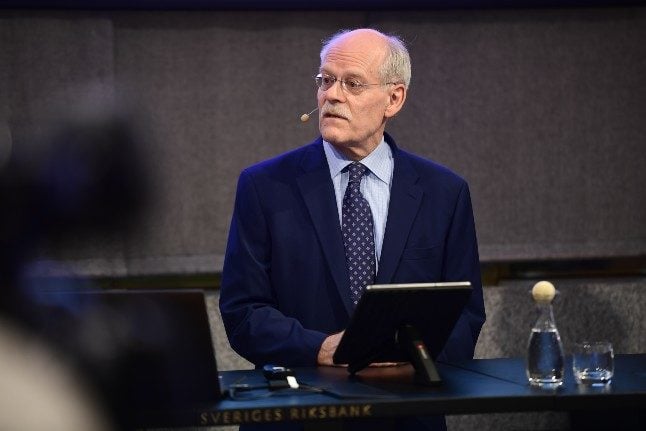The growth is just over one percent higher than what is considered average growth according to new figures from real estate organisation Eiendom Norge.
A house sold on the market in March took 43 days to sell, over a week shorter than the month before when it took an average of 51 days
Figures show that less people currently own a home due to rising house prices. According to Statistics Norway the proportion of tenants has increased by around one percent.
This growth in house prices is not expected to last much longer, however.
“With the increased supply we have seen in March, inflation will probably slow down somewhat towards the summer,” CEO of Eiendom Norge, Hennig Lauridsen said at a press conference.
Nejra Macic chief economist at the Forecast Centre, an independent market analysis company, told state broadcaster NRK that she believes March may be the last month where house prices rise in Norway.
“If it is not March (the last month with growth), we do not think it will be long. We have covered most of the growth this year,” she said
Kari Due Andersen, chief economist at Handelsbanken, agrees with this and believes that due to floating mortgage rates house price growth will soon slow down.
“It is a rule of thumb that says that the mortgage rate that people have in the bank is on average 2 percentage points higher than interest rates. That is because the banks adjust the key policy rate to costs. When the key policy rate rises, so does the mortgage rate. Then a mortgage becomes more expensive, and many have floating interest rates. It is a factor that will contribute to house price growth slowing down, and that households will wait,” she told NRK.
Despite the fall in March, house prices in Oslo are still up 15.6 percent compared to last year. Grethe W. Meier, CEO, of Privatmegleren, told online news site Nettavisen that the drop was not concerning.
“I think it is important to see February and March together. In addition, in March, the proportion of small apartments fell. It is probably these apartments that have been driving the price up, and they are more volatile. When that share has fallen it helps to lower prices,” she said.
READ MORE: Property in Norway: What to expect if you’re buying a home in Oslo
Those looking to buy a home received warning from Norway’s central bank, Norges Bank, that interest rates could rise this autumn rather than next spring.
“It has helped that people have understood that the bottom has been reached for mortgage rates, and that there is only one way interest rates will go in the future. When it downs on people that interest rates will rise then house price expectations will also weaken. Then there will be an increasing number of people who will sell before they want to buy. Then the pressure and bidding wars will disappear. But it will take time and will not change overnight,” said Macic.
House prices March also rose in Norways other biggest cities
- In Stavanger, the increase was 0.7 percent. Prices are up 7.9 percent in the past twelve months
- In Bergen, prices rose by 3.0 percent, and have increased 12.7 percent in the last 12 months
- In Trondheim, prices were up 2.2 percent and have risen 10.6 percent in the past 12 months.



 Please whitelist us to continue reading.
Please whitelist us to continue reading.
Member comments